“Soil is different than dirt.”
~my dad: micologist, Master Gardener educator, landscape architect and man with the biggest green thumb I know
Square Foot Gardening (SFG) Is Kinda Genius
Mix equal parts compost, vermiculite and peat moss, place it in your 6″ deep raised bed and BOOM! – instant garden. I’ve been doing it for a few years now and am slowly but surely getting better and better yields on my crops. My friend’s Square Foot Garden is off the hook.
There’s Only One Problem
– peat moss is no bueno for use in horticulture, for a few good reasons:
- Like rain forests, peat bogs are ancient ecosystems. Unlike rain forests, they can’t be replicated or replaced once destroyed. It has taken thousands of years for these bogs to become what they are today.
- The mining of peat bogs negatively impacts water systems for the environment and the people living near them. Last I checked, clean and abundant water is something that should be preserved not squandered.
- Peat bogs hold and store carbon dioxide indefinitely. Breaking down of peat bogs releases carbon dioxide back into the atmosphere, greatly contributing to global warming. Which we (you, me and all the scientists) can all agree is actually happening.
- Peat bogs are entire ecosystems unto themselves, containing specific flora and fauna that can only be found there. The breakdown of an ecosystem also means the breakdown of the flora and fauna.
- Despite it’s popularity for use in gardening, there are actually better soil amendments than peat. (sources 1, 2, 3, 4)
Alternative For Your Square Foot Garden
Since the Square Foot Gardening formula calls for a specific amount of peat moss, the alternative that I found that most easily replicates the use and measurements is coir (pronounced koi-er), or the husks of coconut. Not only does this use a product that was once considered the waste of coconut harvesting, it does a great job of holding moisture, which is what peat is used for in Square Foot Gardening.
When you use coir, it comes compressed in a very tight block. VERY TIGHT. If you only want to use a section of it, you’ll have to saw (that’s right SAW) off the sections you want to use or save for later.
The directions say to let it soak in water for 5-10 minutes. This is clearly a joke by the folks who labeled the package, because I’ve never had it soak and be ready for use in less than 45 minutes of soaking and labor.
I haven’t had the patience to try, but you may want to let it soak for a few hours before using it. Maybe that will take out some of the scraping, pounding and jabbing that will ensue. Truthfully, it’s not as bad as I make it sound. No harder than turning soil to garden in.
The Most Important Thing When Using Coir
Make sure it’s entirely broken down into a dirt like substance. Don’t let any chunks of dried husk remain. I was too impatient my first year of doing this, 3 years ago, and I’m still finding chunks of coir in my bed. It does your garden and plants no good if it’s not entirely broken down. On that note, don’t be afraid to get dirty. Get in there with your hands arms and toss it up. If you garden, then I suspect you don’t take issue with getting dirty. Am I right?
The Process
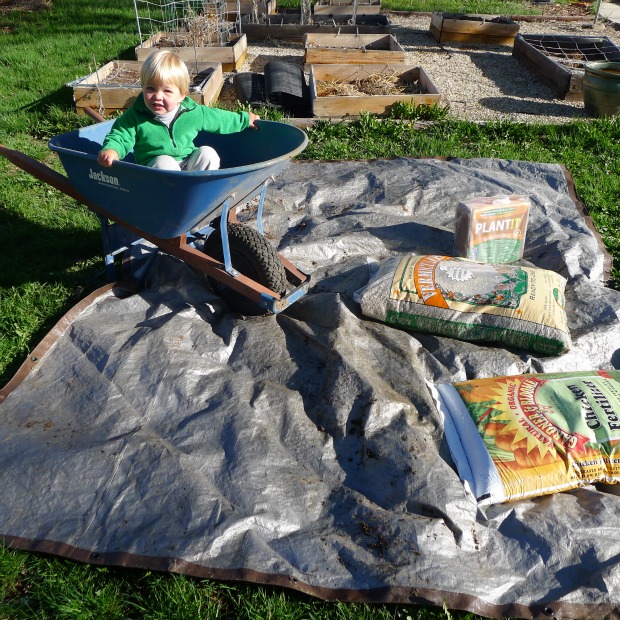

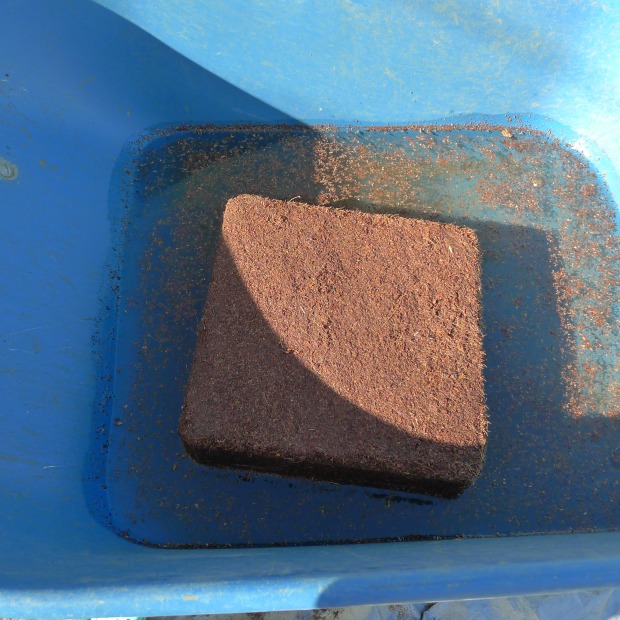
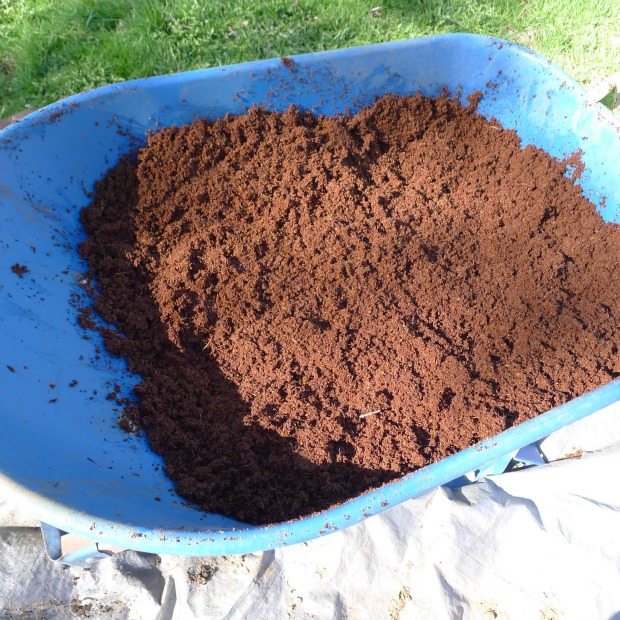
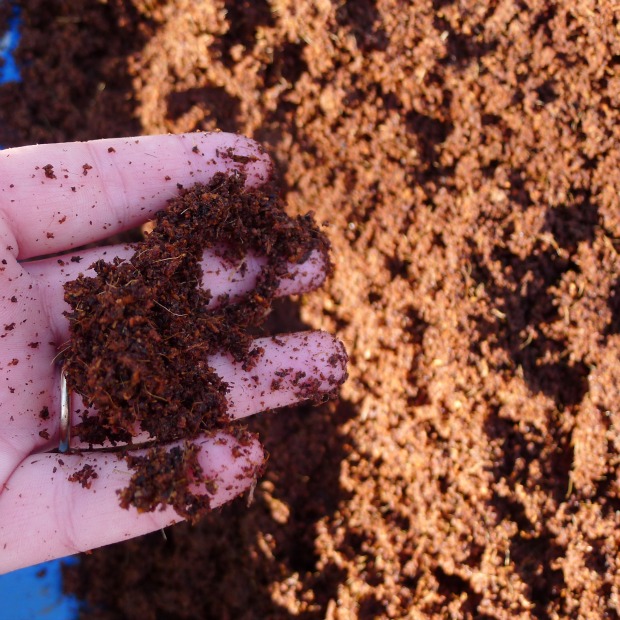
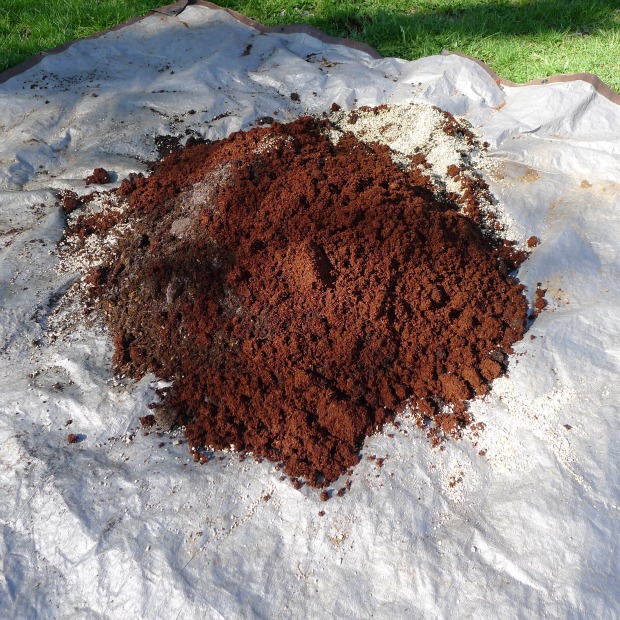

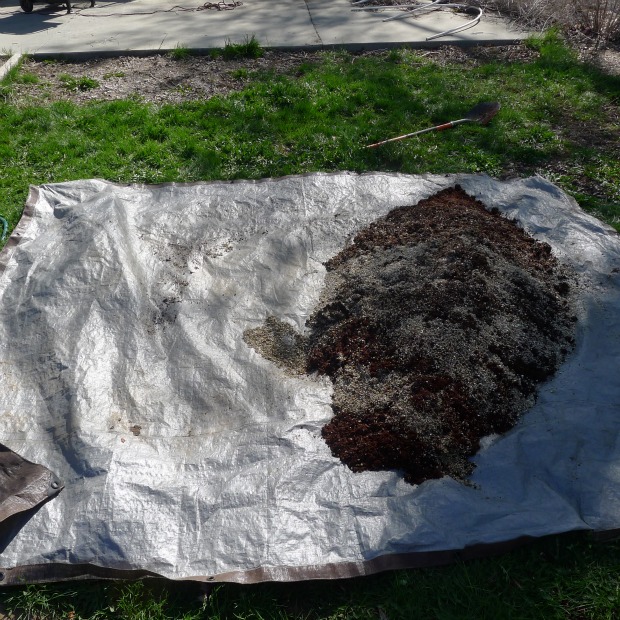
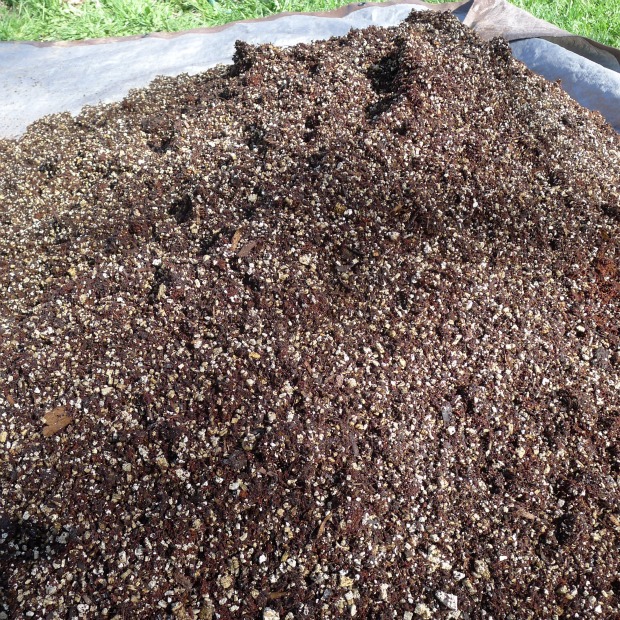
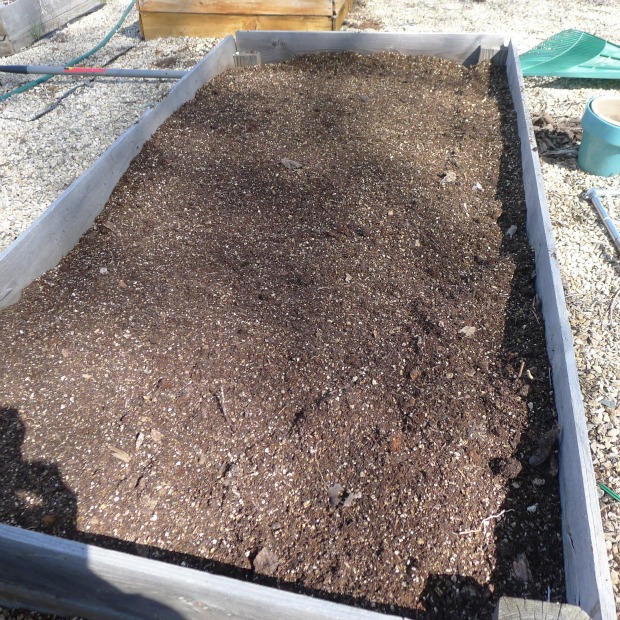
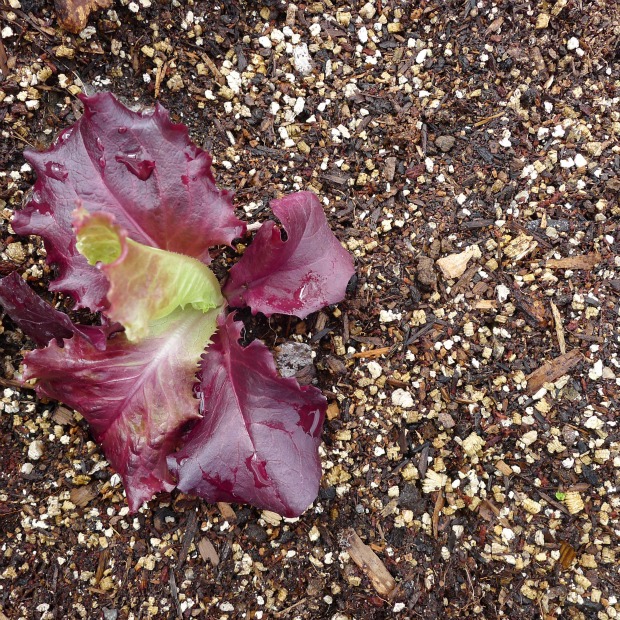
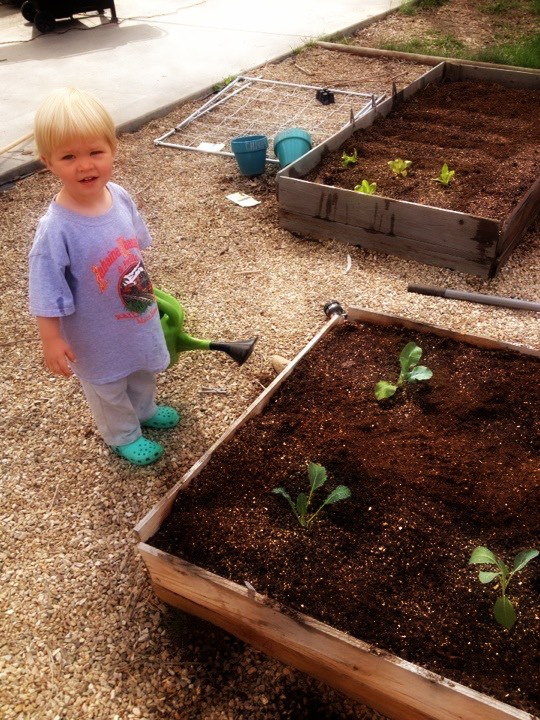
This post featured on Party Wave Wednesday, Tasty Traditions, Thank Your Body Thursday, Fight Back Friday, Small Footprint Friday, Fat Tuesday, Scratch Cookin Tuesday, Sunday School, Thank Goodness It’s Monday
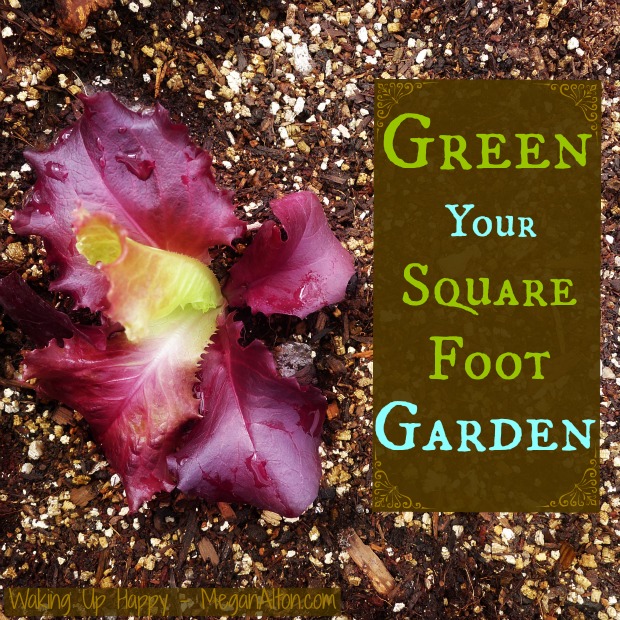
We have a square foot garden and hope to add another box this year. I do want to avoid the peat moss as well. Where did you get the big block of coir? I haven’t been able to find it locally.(MA)
Hi Sherri, I have found coir at three of my local nurseries (only one of which is “organic”). Sometimes they call it compressed coco growing medium. I’m pretty sure you can find it at large home and garden centers too.
http://www.homedepot.com/p/Garden-Supply-Inc-Coco-Peat-Brick-3-Set-300coco/203463756#.UXmRwitgZJw
Good luck!